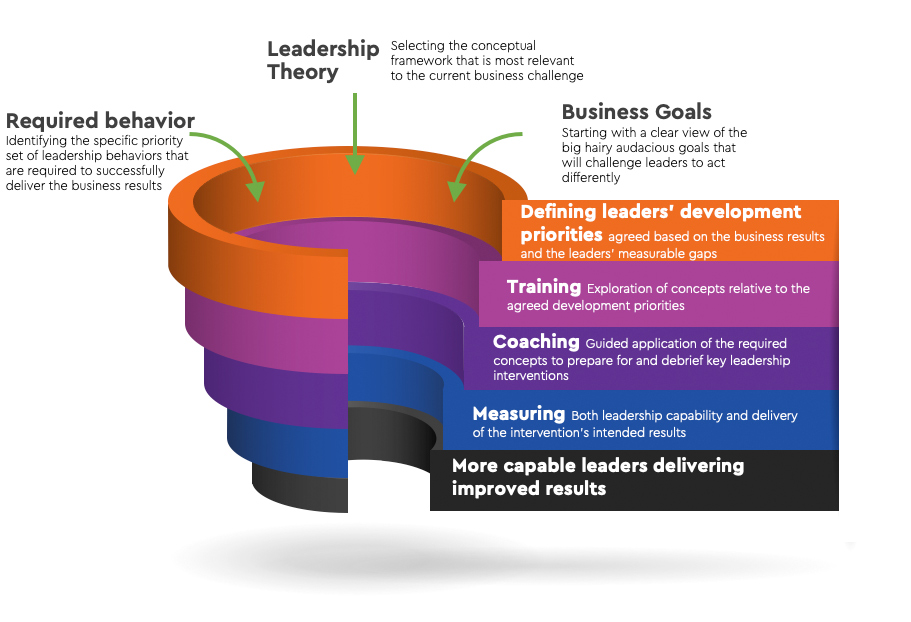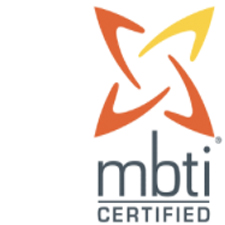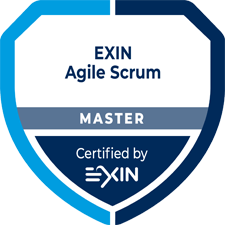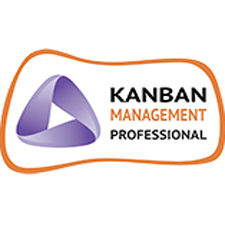Leadership and Management

Waypoint works with organizations to develop their leaders
Leadership is delivering extraordinary results through people. Yet we typically see the best technical performers rising through the ranks to become department manager or executive. What preparation do they have for the new challenge of delivering through people? Some may have been sent on conceptual training courses. Most will just have to figure it out on their own…or not.
As a result you often encounter the new leader who, through fear or frustration, finds himself too deep in the trenches. Or one who’s unguided transition to leadership results in some unbalanced default styles such as affiliative, command-and-control or seagull management.
Waypoint works with organisations to assess, design and deliver leadership development programs that build capability in the real-time context of improving business performance.
We understand that training is merely the start of a meaningful development approach. Relevant concepts are applied in practical work situations supported by coaching and feedback.

By the numbers…
Over $156 billion spent on employee learning in 2011, yet 90% of those skills are lost within 1-year
Source: “So Much Training, So little To Show For It,” Wall Street Journal Oct, 2012
Only 7% of senior managers polled by a UK business school think their companies develop global leaders effectively
Source: The State of Human Capital 2012, Conference board and McKinsey, Oct 2012
Considerations in designing a results-driven leadership development program:

Leadership development is situational. Mergers and acquisitions are not the same as sustainable growth. Leadership development should target the most relevant and impactful two or three capabilities from the shopping list of company-defined leadership capabilities.

Adults typically retain about 10% from classroom lectures, but over 60% from practice. Learning is the application of knowledge that produces improved performance. Successful development programs help leaders apply theory to actual business challenges.

Transformative change asks us to give up the behaviours that made us successful in the past and embrace new ones that hopefully will make us successful in the future. All involved should be prepared to recognize and respond appropriately to this inevitable period of disorientation.

Improved leadership is a means to an end, not an end in itself. Effective leadership development should include measurement of tangible business results and observable behavioural changes. These numbers shape a development program that is business result relevant.
Source: “Why leadership programs fail” McKinsey Quarterly Jan 2014. Pierre Gurdjian, Thomas Halbeisen & Kevin Lane
Waypoint’s results-driven approach to leadership aligns development to business goals
We improve performance by designing programs that are bespoke to each leader, linking leadership development directly to the delivery of business goals.
Leadership Program Steps

Professional Certifications













